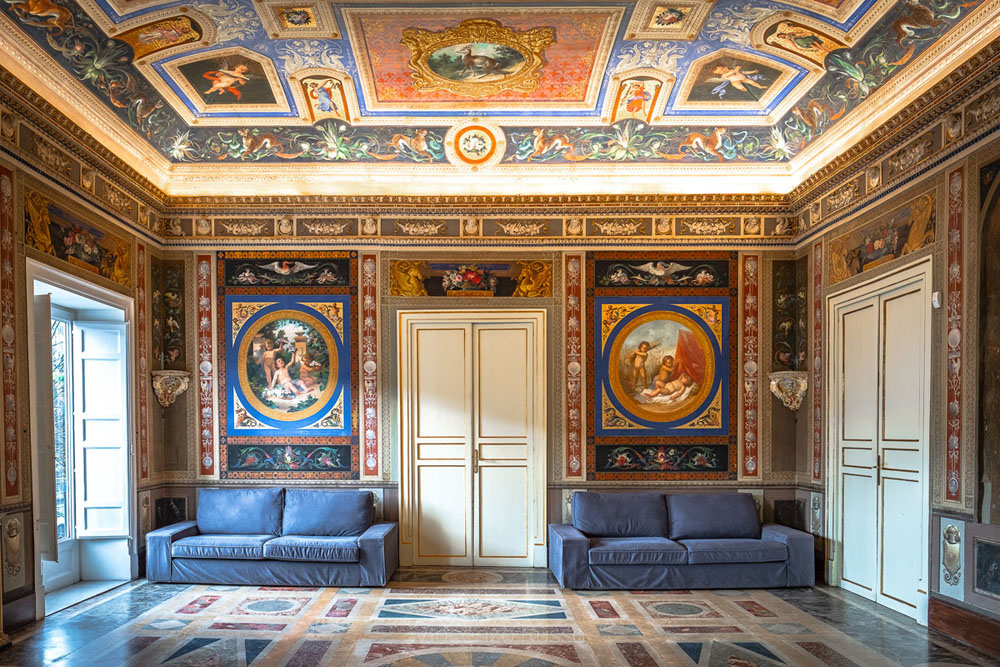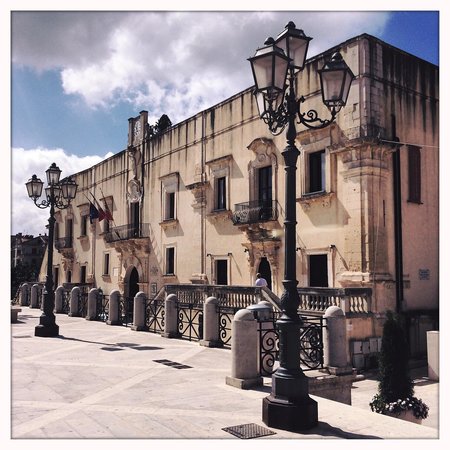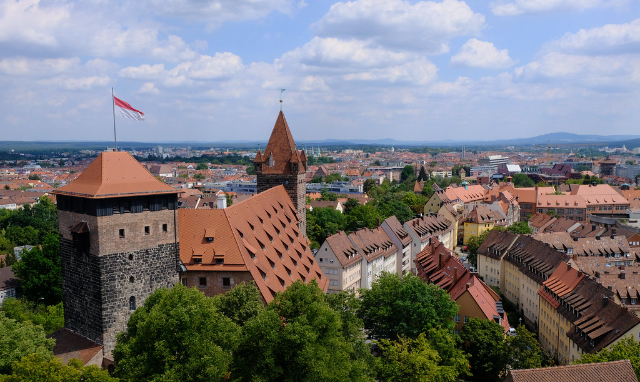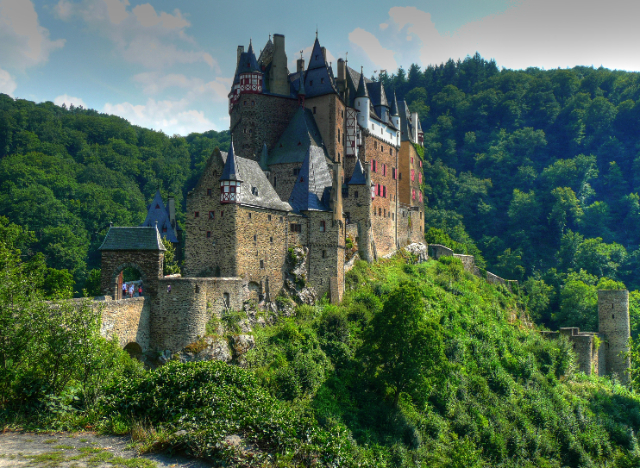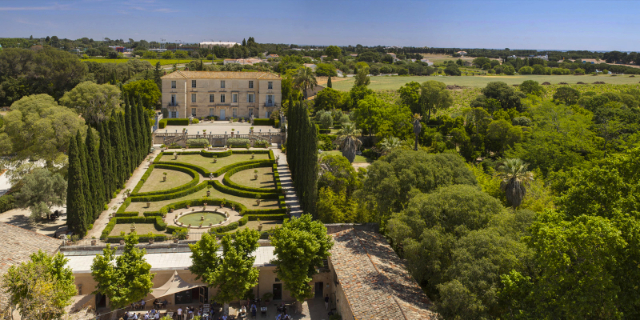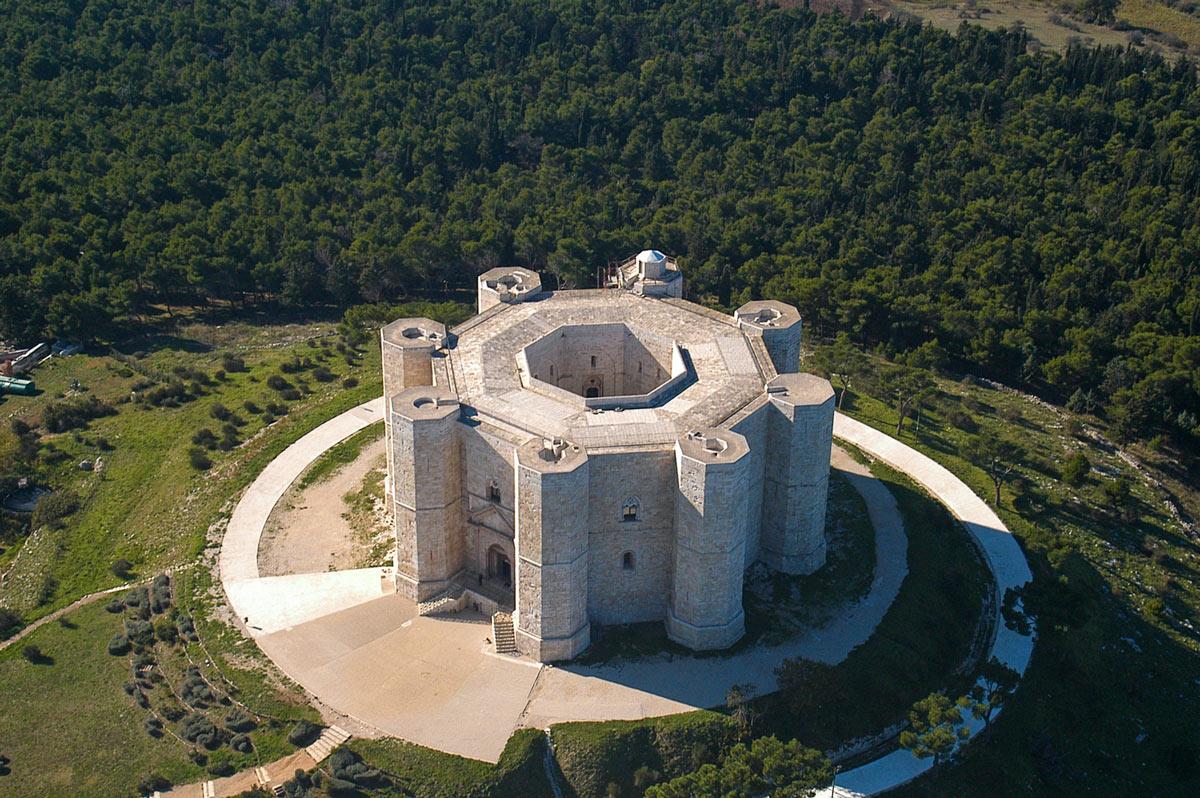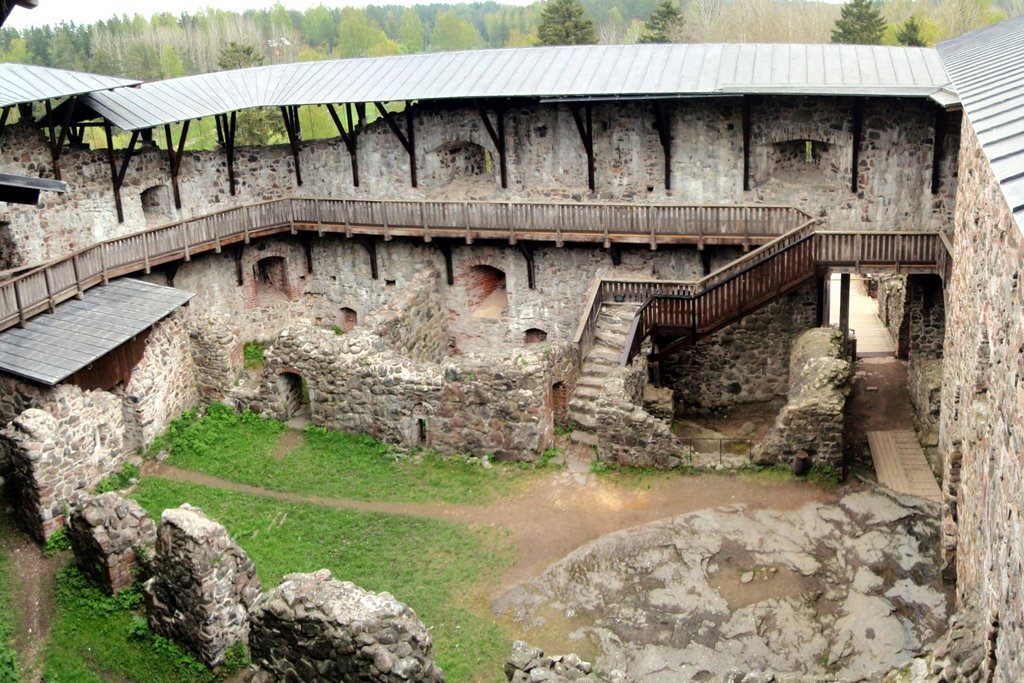Palazzo Cloos-Zingone Trabia is a residence built in the second half of the 1800s.
From the prospectus you can hardly guess the spectacularity of the halls that characterize the main floor and the eclectic style of the Palace, among idyllic neoclassical landscapes, amazes for the gracefulness of the representations, for the grotesque decorations and the spectacular wall decorations.
The main facade of Palazzo Cloos, overlooking Via Lincoln, not far from the Botanical Garden and the Bastion of the Spasimo, on which it falls.
Its figurative beauty is due to the will of Rosario Cloos, royal agent of changes and transfers, who in 1853 reformulated the interior and the prospectus itself.
The palace was later acquired by other families, specifically the Zingone family and the current owners, the Trabia family.
The halls, which follow each other, as in a single perspective, one after the other, narrate some of the main figurative currents in vogue in Sicily between the end of the’700 until the first half of the’800: the reuse of elements, even with a strong symbolic value, dear to the classical civilizations and a strong eclecticism.
The main floor consists of 4 main rooms, each of their vaults presents a different subject.
In the first room there are three doves depicted, framed by grotesque decorations, in the second the goddess Flora, graceful figure dispenser of flowers, with a triad of angels. between zoomorphic figures and dancing women, in the third, an open sky between playful putti, arranged in arcades along the axis of the frame, and the last room becomes the closure of a strong message of artistic beauty and harmony.
It will be the alcove itself, with its muqarnas and the 8-pointed star, to concretize, in the simplicity of this very suggestive environment, adding the magnificence of the neoclassical decorative elements of the previous rooms, the vision of an ideal humanistic paradise, immersed in nature, inhabited by an ever-youthful humanity, ruled by the laws of universal harmony.
